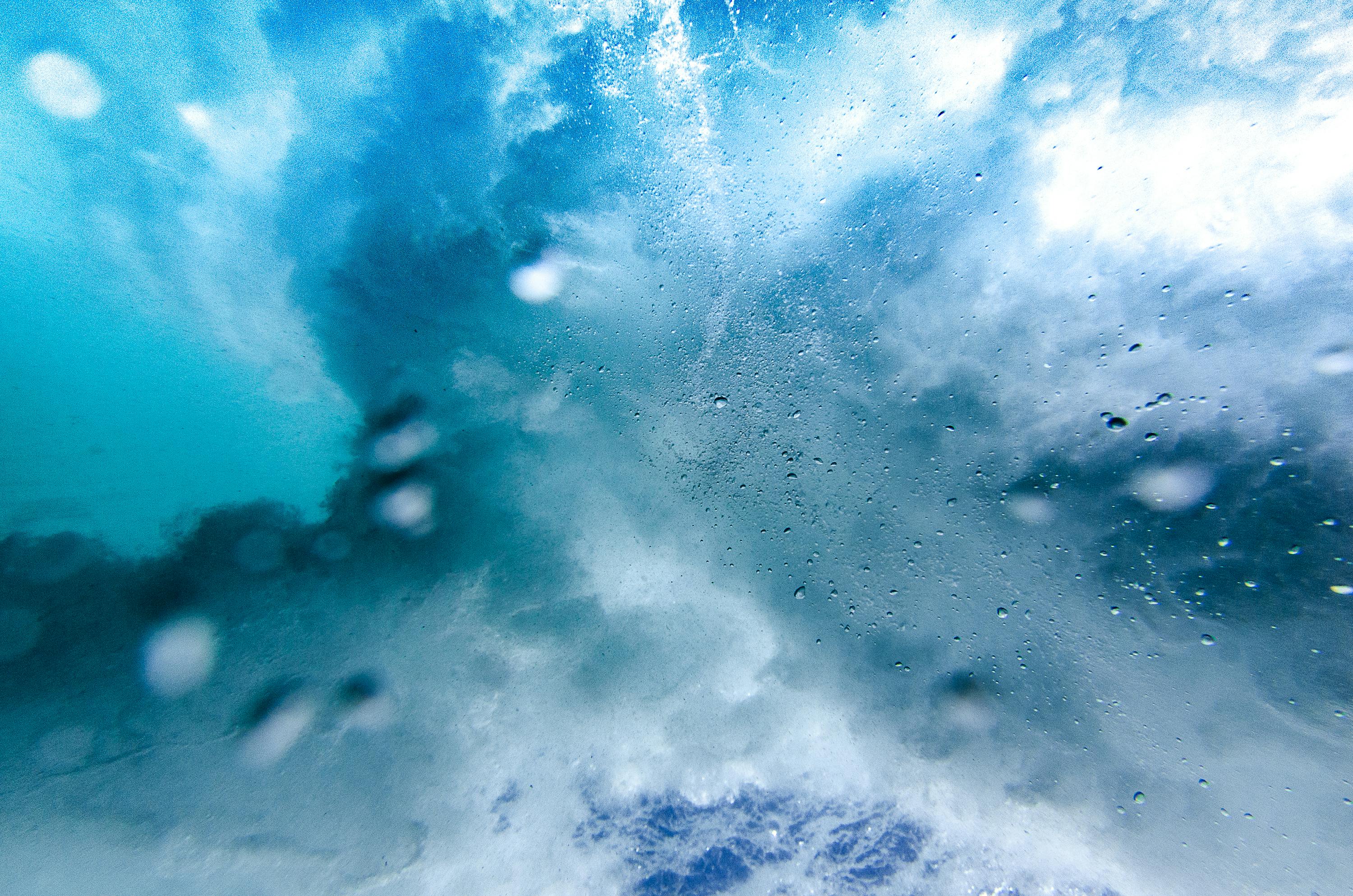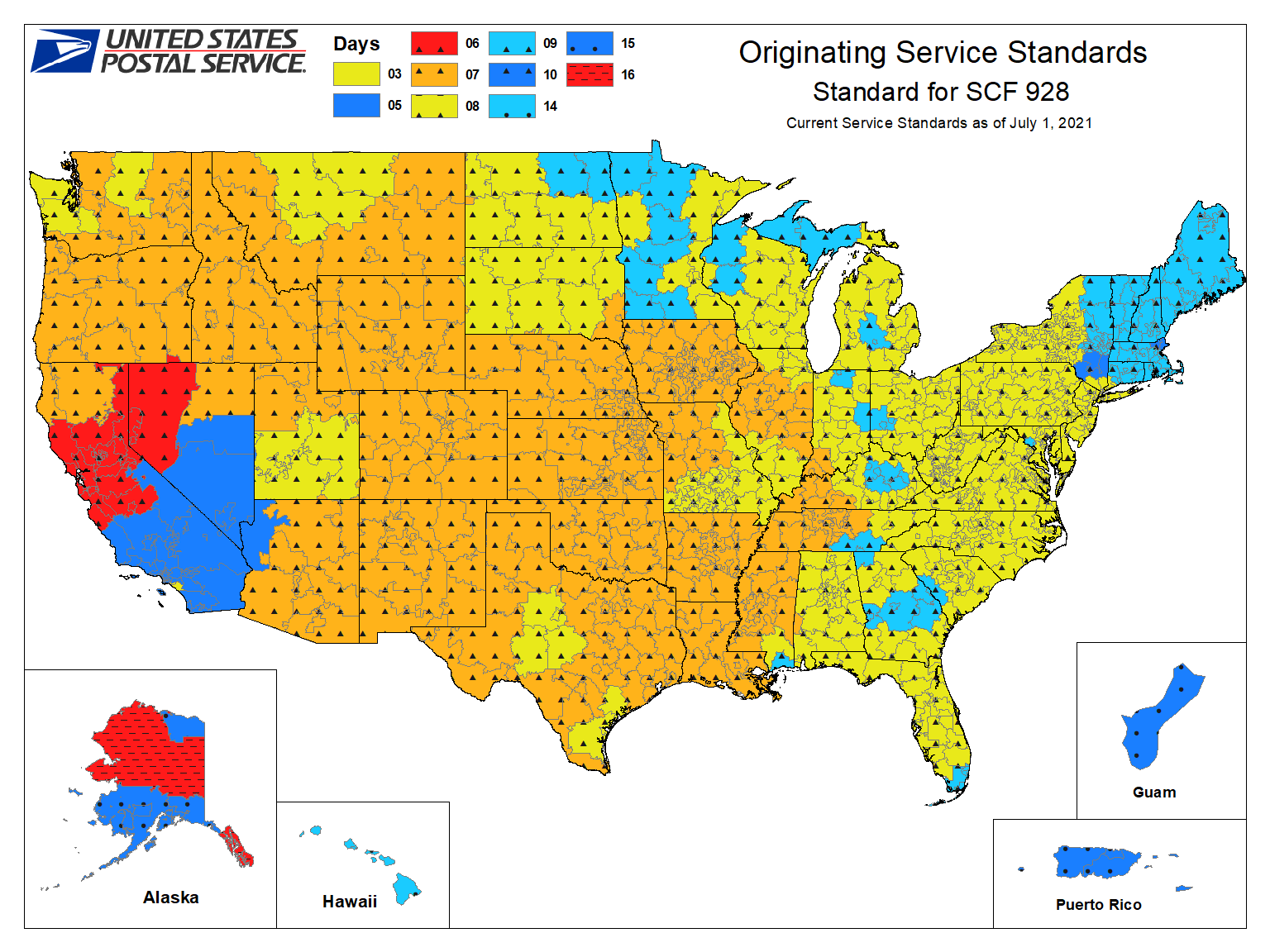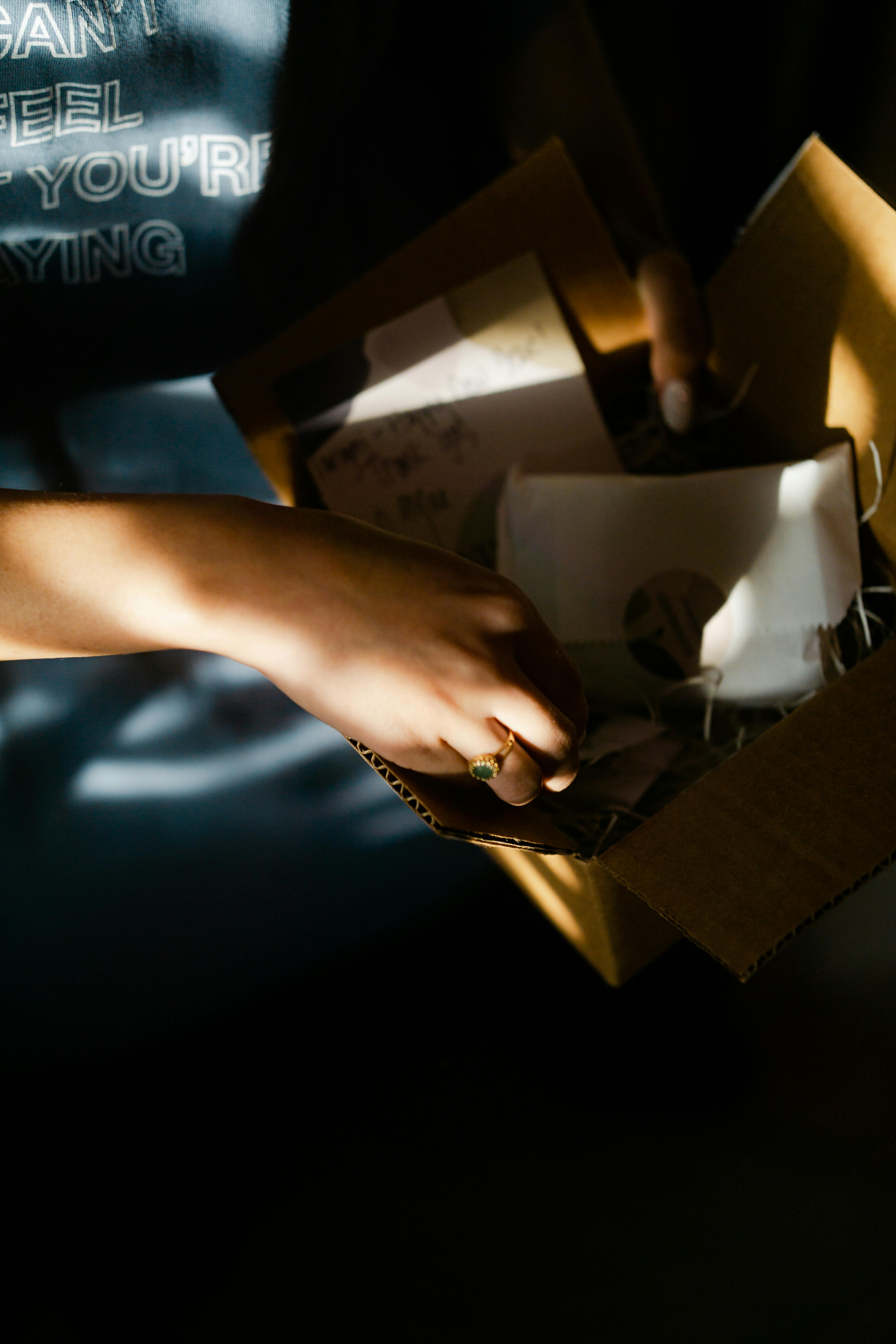
How to Know When Salmon is Done: Proven Methods for Perfect Cook Every Time in 2025
Cooking salmon perfectly is a skill that can elevate your meal and impress guests. Knowing precisely when salmon is done can be a challenge, yet mastering this technique is essential for serving moist, flavorful, and safe dishes. Salmon, a rich source of omega-3 fatty acids, benefits both your health and culinary repertoire.
This article will explore various methods to determine when salmon is perfectly cooked, ensuring your fillet is safe to eat without sacrificing flavor or texture. From using thermometers to visual cues, we’ll cover everything you need to know to achieve that perfect doneness. Whether you're baking, grilling, or pan-searing, these tips will help you cook salmon confidently.
Key takeaways include understanding doneness tests, the optimal cooking temperatures, and the signs of undercooked and overcooked salmon. Ready to enhance your salmon cooking skills? Let’s dive in!

Key Techniques for Checking Salmon Doneness
Building on our introduction about the importance of cooking salmon perfectly, it's crucial to know the various techniques for checking doneness.
Using a Meat Thermometer
The most reliable method to know when salmon is done is with a meat thermometer. The ideal internal temperature for salmon is 145°F (63°C). Insert the thermometer into the thickest part of the fish, making sure not to touch the bone, as this can give a false reading. If salmon reaches this temperature, it is safe to eat while retaining moisture and flavor.
Some experts suggest pulling the salmon off the heat at around 135°F (57°C) to allow for carryover cooking, where the salmon continues to cook even after being removed from the heat source. This method results in juicier salmon, avoiding the common pitfall of dry fish.
Visual Cues for Salmon Doneness
Determining doneness visually is another effective technique. Cooked salmon will change from a translucent red or raw appearance to an opaque pink. The flesh should flake easily with a fork, yet remain moist and slightly translucent in the center.
If you see excessive white sap (albumin) on the surface of the fillet, it's an indication that the salmon is cooked a bit too long, resulting in a dry texture. Aim for a nice flake when gently prodding the fish with a fork, indicating it’s done without being overcooked.
Checking Salmon with a Fork
Using a fork to gently separate the salmon can offer indicators of doneness. If the salmon flakes easily and shows a slightly translucent center, it’s cooked perfectly. If it feels very firm and resists flaking, it likely needs more cooking time.
Advisably, avoid pressing down too hard with the fork, as this can force out the juices, leading to a dry final product. The goal is to maintain moisture while ensuring it's done.
Cooking Times by Method and Thickness
With these basics established, knowing how long to cook salmon depending on its thickness and cooking method can lead to success.
Grilling Salmon Instructions
When grilling salmon, a general rule of thumb is to cook it for about 6-8 minutes per inch of thickness. Preheat your grill to medium-high heat, and place the salmon skin-side down for the first half of cooking. Grilling infuses a delightful smoky flavor while providing a crisp finish on the skin.
Flipping the salmon midway through the cooking time can result in an even cook, but handle it carefully to keep the fillet intact. If your salmon is thicker than 1 inch, consider cooking it a minute or two longer, keeping an eye on internal temperatures.
Baking Salmon Tips
Baking offers an easy and hands-off way to cook salmon. Preheat your oven to 425°F (218°C) for a crispy exterior. Cooking times for baking also follow the 4-6 minutes per half-inch guideline. A 1-inch thick fillet typically takes around 12-15 minutes to cook properly.
Wrapping salmon in parchment or foil can create a steaming effect, keeping your salmon moist. Review the internal temperature to ensure it meets the standards for doneness while preventing dryness.
Pan-Seared Salmon Techniques
For pan-searing, start with a hot pan and some oil. Salmon fillets generally cook for approximately 6-7 minutes on each side for a 1-inch thickness. If the skin is crispy and the fish is easy to turn, it’s likely done. Remove it from the heat before it reaches the perfect temperature to allow for residual cooking.
Thin fillets may require less time, while thicker steaks should be monitored more closely to avoid overcooking. Aim for that delicate flake but avoid a rubbery texture, a common issue when salmon is overcooked.

Understanding Salmon Texture and Flavor
Transitioning from techniques, understanding the texture and flavor profile of well-cooked salmon is essential.
Properly Cooked Salmon Texture
Perfectly cooked salmon will be moist, tender, and have a slightly flaky texture. When you gently press your finger into it, it should spring back slightly, indicating it hasn’t been overcooked. The center can still retain a touch of translucency, while the exterior should be firm enough to hold its shape.
Conversely, overcooked salmon becomes dry and has an unpleasant rubbery texture, often resulting from high cooking temperatures or extended cooking times. To avoid this, always monitor with a thermometer or visually check for those key indicators.
Visual Signs of Cooked Salmon
Key visual signs to determine if your salmon is cooked include the change in color, which should transition from bright red to pink, and the ease of flaking. If pressed lightly, it should separate easily without effort and not appear overly dry. Watch for any bubbling or excessive albumin leakage, as this indicates overcooking.
Culinary Tips for Flavor Enhancement
To elevate the flavor of your salmon, consider marinating or seasoning it in advance. Popular flavor pairings include herbs like dill or thyme, citrus such as lemon or orange, and spices like paprika or garlic. These enhancements not only improve the taste but can also contribute to moisturizing properties, helping to avoid dryness.
Common Salmon Cooking Mistakes to Avoid
Now that you're familiar with the doneness tests, let’s look at typical pitfalls in salmon preparation.
Avoiding Overcooked Salmon
One of the largest mistakes in cooking salmon is overcooking, which results in a dry and crumbly texture. Always keep a close eye on temperature and cooking times based on thickness and method. If you’re unsure, it’s often better to err on the side of slightly undercooking, allowing for carryover cooking.
Choosing the Wrong Cooking Method
Each method of cooking salmon has its benefits and drawbacks. Grilling may not be the best approach for thinner fillets, as they may flare up or fall apart, while baking might dry out a more delicate cut. Understand your salmon type and choose the technique that enhances its qualities.
Neglecting Seasoning Opportunities
Salmon can be delightful on its own, but failing to season effectively can lead to bland dishes. Be liberal with spices, herbs, or marinades to enhance flavor without overpowering the natural taste of the fish. Experiment with unique combinations to discover your perfect pairing!
How to Serve Salmon Perfectly
Once you've cooked your salmon to perfection, serving it correctly will elevate the meal further.
Pairing Wine with Salmon
When finding the right wine, pairing becomes an essential focus. White wines, especially those with fruity notes such as Chardonnay and Sauvignon Blanc, tend to complement salmon beautifully. If you prefer reds, a light Pinot Noir with its soft tannins can also enhance the meal.
Side Dishes for Salmon
Your sides can make or break the dining experience. Consider pairing salmon with roasted vegetables or a fresh salad featuring light dressings that won’t overpower the fish. Quinoa or couscous can also provide a delightful, healthful base.
Garnishing Ideas for Presentation
Presentation influences the dining experience. Simple garnishes, such as a sprig of fresh herbs or a slice of lemon, can bring vibrancy to your plate. Consider adding colorful vegetables for visual appeal while adding additional flavor layers.
Conclusion: Mastering Salmon Doneness
Mastering how to know when salmon is done involves a blend of employing the right techniques and understanding the science behind cooking methods. By using thermometers, observing visual cues, and learning proper cooking times, you can confidently serve delightful salmon dishes. Avoiding common mistakes and enhancing your meal with thoughtful pairings will further ensure that your salmon shines on the dinner plate.
Now, whether you're cooking for a family dinner or planning a special occasion, you have the tools needed to cook perfect salmon every time!